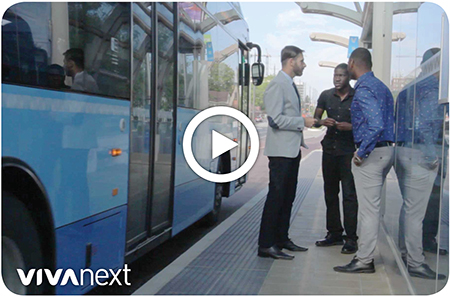Click the image to view our YouTube video on the history of transportation along Yonge Street.
Yonge Street was first initiated by Lieutenant-Governor John Graves Simcoe in 1796. Although the road – as we know it today – was commissioned as a military road, local historians indicate that the route was travelled centuries before by First Nations people.
In the early years, individuals who utilized Yonge Street were often reliant on their own strength to travel the route, often portaging, walking or snowshoeing with their belongings to their destination. As oxen and horses became more accessible, historians express that travellers started to rely on these animals as a way to transport them to their final destination.
Research suggests that with the influx of travellers, so did the need for transportation options. Established in 1849, H. B. Williams’ Omnibus Bus Lines provided the first known public transit alternative [horse-drawn carriages] within York/Toronto. Within a decade, however, the first street railway system—with radial services to outlying towns—was established on the same route and became a more popular option.
History has shown us that at the beginning of World War I, horses were becoming a less favourable choice for commerce. Around this time, motorized vehicles brought about unprecedented economic improvements for retailers and consumers alike.
With the onset of motorized vehicles, historians illustrate that Canadians wanted to improve both the quality and safety of their local roads. To improve their mode of transportation, locals started laying planks of wood—similar to a boardwalk—to create a more even surface to travel on.
More than 200 years later, the demand for safe, efficient and reliable public transit remains strong along the significant arterial route that is Yonge Street. Today, Viva travels Yonge Street in mixed traffic, but in the future it will have its own dedicated transit lane to further improve service along the import corridor.
Keep an eye out for the second video that will explain further the history of transportation along Yonge Street.
To subscribe for construction updates, visit vivaNext.com/subscribe.

